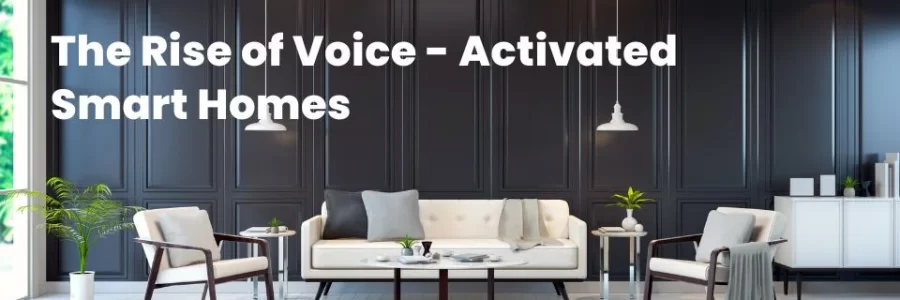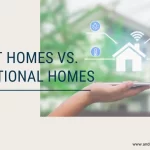Table of Contents
Introduction
The rapid advancement of technology has led to the rise of smart homes, transforming the way we interact with our living spaces. One of the most exciting developments in this realm is the integration of voice activation technology. Voice-activated smart homes have gained popularity due to their convenience and ease of use, making them accessible to a broader audience. This article explores the evolution of voice-activated smart homes, their benefits, challenges, and the impact they have on our daily lives.
What are Smart Homes?
Definition and Concept
Smart homes are residences equipped with interconnected devices and systems that can be remotely controlled and automated. These devices, often referred to as the Internet of Things (IoT) devices, work in sync to enhance energy efficiency, security, and overall comfort.
Evolution of Smart Homes
The concept of smart homes dates back to the 1970s, but it was only in the 21st century that significant advancements in technology made them more accessible and affordable to the general public.
Voice Activation Technology

Introduction to Voice Assistants
Voice assistants, powered by Artificial Intelligence (AI), are at the core of voice-activated smart homes. These virtual assistants respond to voice commands and perform various tasks, such as adjusting thermostats, turning on lights, and playing music.
How Voice Activation Works in Smart Homes
Voice-activated smart homes use Natural Language Processing (NLP) algorithms to understand and interpret spoken commands, translating them into actions that smart devices can execute.
Benefits of Voice-Activated Smart Homes
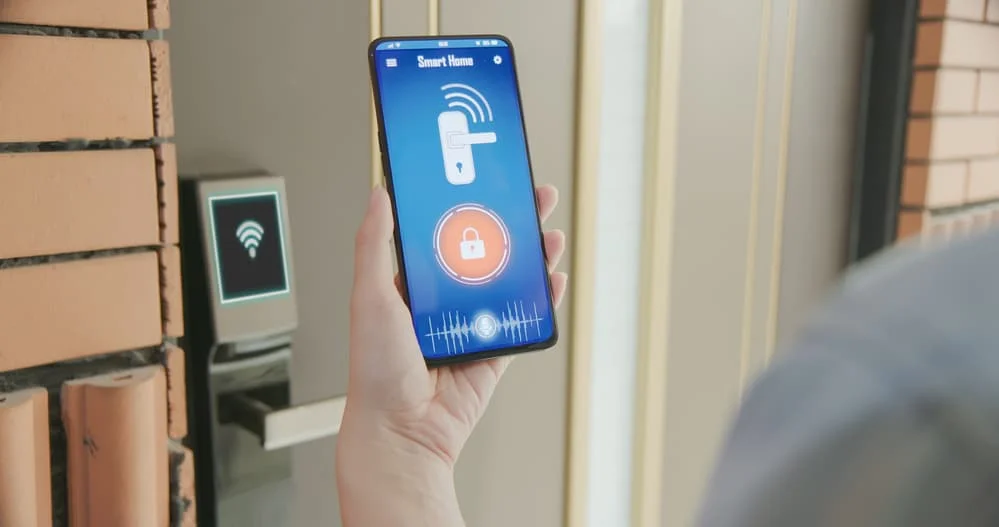
Convenience and Hands-Free Control
One of the most significant advantages of voice-activated smart homes is the convenience they offer. Users can control various aspects of their homes without having to physically interact with devices, making daily tasks more efficient.
Enhanced Accessibility for All Users
Voice activation technology benefits individuals with physical disabilities or impairments, as it allows them to operate devices and perform tasks using voice commands, promoting greater independence.
Integration and Interconnectivity
Voice-activated smart homes provide a seamless integration of different devices, creating a connected ecosystem where devices can communicate and collaborate with each other.
Security and Privacy Concerns

Data Privacy and Voice Recordings
Voice-activated devices raise concerns about data privacy, as voice recordings may be stored and analyzed by service providers. Ensuring data protection and consent is crucial.
Security Measures in Voice-Activated Systems
Manufacturers implement security measures like voice recognition and user authentication to prevent unauthorized access to smart home systems.
Voice-Activated Devices in the Market

Popular Voice Assistants and Smart Speakers
Several voice assistants, such as Amazon’s Alexa, Apple’s Siri, Google Assistant, and Microsoft’s Cortana, power voice-activated smart homes.
Voice-Activated Appliances and Home Systems
An array of voice-activated devices, including smart thermostats, smart lighting, and voice-controlled entertainment systems, are available in the market.
Voice-Activated Smart Home Ecosystem
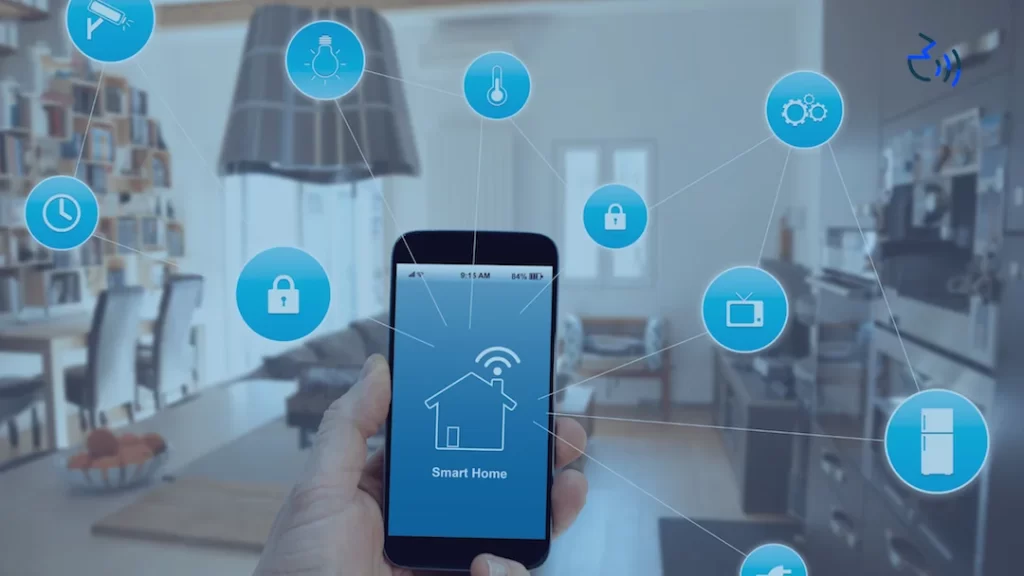
Creating a Voice-Controlled Smart Home
Building a voice-activated smart home involves setting up compatible devices, linking them to a central hub or smart speaker, and configuring voice commands.
Compatibility and Integration Challenges
The challenge lies in ensuring that various smart devices from different manufacturers can seamlessly interact within the smart home ecosystem.
The Future of Voice-Activated Smart Homes
Advancements in AI and Natural Language Processing
As AI and NLP technologies progress, voice-activated smart homes will become more intuitive and capable of understanding complex commands.
Expansion of Voice Commands and Functions
Future developments will expand the range of voice commands, allowing users to control an even wider array of smart home devices and systems.
The Impact on Daily Living
Changing Human-Home Interaction
Voice-activated smart homes redefine the way we interact with our living spaces, making the home environment more dynamic and responsive.
Voice-Activated Smart Homes in Healthcare and Aging in Place
The integration of voice-activated technology in healthcare can assist elderly and disabled individuals to age in place comfortably.
Challenges and Limitations
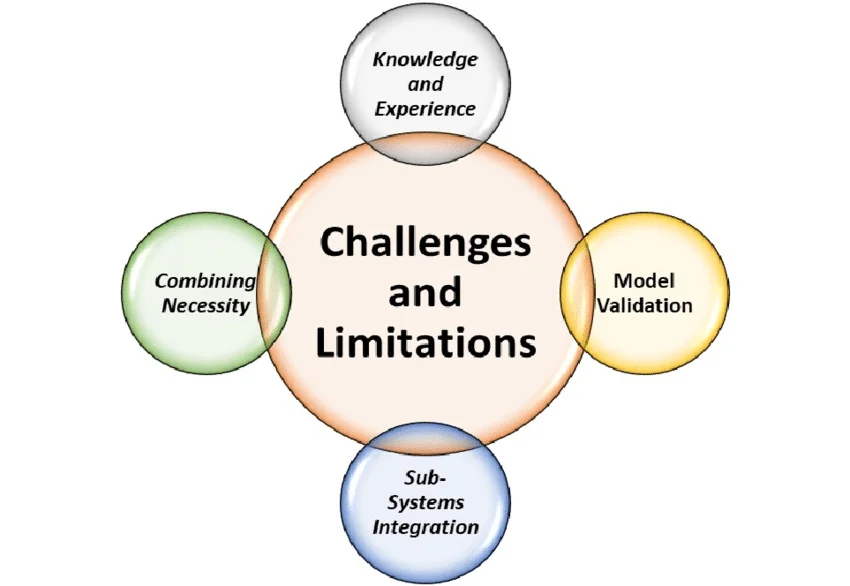
Accurate Voice Recognition
Achieving high accuracy in voice recognition remains a challenge, as background noise and accents can affect voice command understanding.
Multilingual Support and Cultural Differences
Voice assistants must adapt to multiple languages and understand the nuances of various cultures to cater to a global audience.
Power and Connectivity Issues
Voice-activated smart homes rely heavily on stable internet connectivity and power supply, which can be problematic during outages.
The Role of Burstiness in Voice-Activated Smart Homes

Understanding Burstiness in Context
Burstiness refers to the intermittent spikes of activity. In smart homes, burstiness plays a crucial role in handling multiple voice commands simultaneously.
Enhancing User Experience through Burstiness
Efficiently managing burstiness ensures that voice-activated smart homes respond promptly and accurately to user commands.
Conclusion
The rise of voice-activated smart homes has revolutionized the way we interact with technology and our living spaces. With the integration of voice assistants and AI, these homes offer unparalleled convenience and accessibility. However, addressing security and privacy concerns and overcoming compatibility challenges will be crucial to ensuring their widespread adoption. As technology advances further, voice-activated smart homes will undoubtedly play an even more significant role in shaping the future of modern living.
FAQs
- Are voice-activated smart homes secure? Manufacturers implement security measures, but users must also take precautions, such as using strong passwords and keeping software updated.
- Can voice assistants understand multiple languages? Some voice assistants support multiple languages, but their accuracy may vary depending on the language complexity.
- Do voice-activated smart homes save energy? Yes, voice-activated smart homes promote energy efficiency by optimizing device usage based on user commands.
- Can voice assistants adapt to different accents? Voice assistants are continually improving in accent recognition, but some accents may still pose challenges.
- Is it possible to have a partially voice-activated home? Yes, homeowners can choose to integrate voice activation in specific areas or devices within their smart homes.

